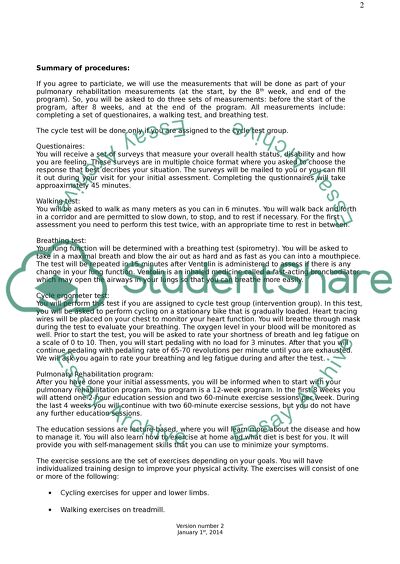Cite this document
(“Patient Information Sheet and consent form Essay”, n.d.)
Retrieved from https://studentshare.org/health-sciences-medicine/1626388-patient-information-sheet-and-consent-form
Retrieved from https://studentshare.org/health-sciences-medicine/1626388-patient-information-sheet-and-consent-form
(Patient Information Sheet and Consent Form Essay)
https://studentshare.org/health-sciences-medicine/1626388-patient-information-sheet-and-consent-form.
https://studentshare.org/health-sciences-medicine/1626388-patient-information-sheet-and-consent-form.
“Patient Information Sheet and Consent Form Essay”, n.d. https://studentshare.org/health-sciences-medicine/1626388-patient-information-sheet-and-consent-form.


